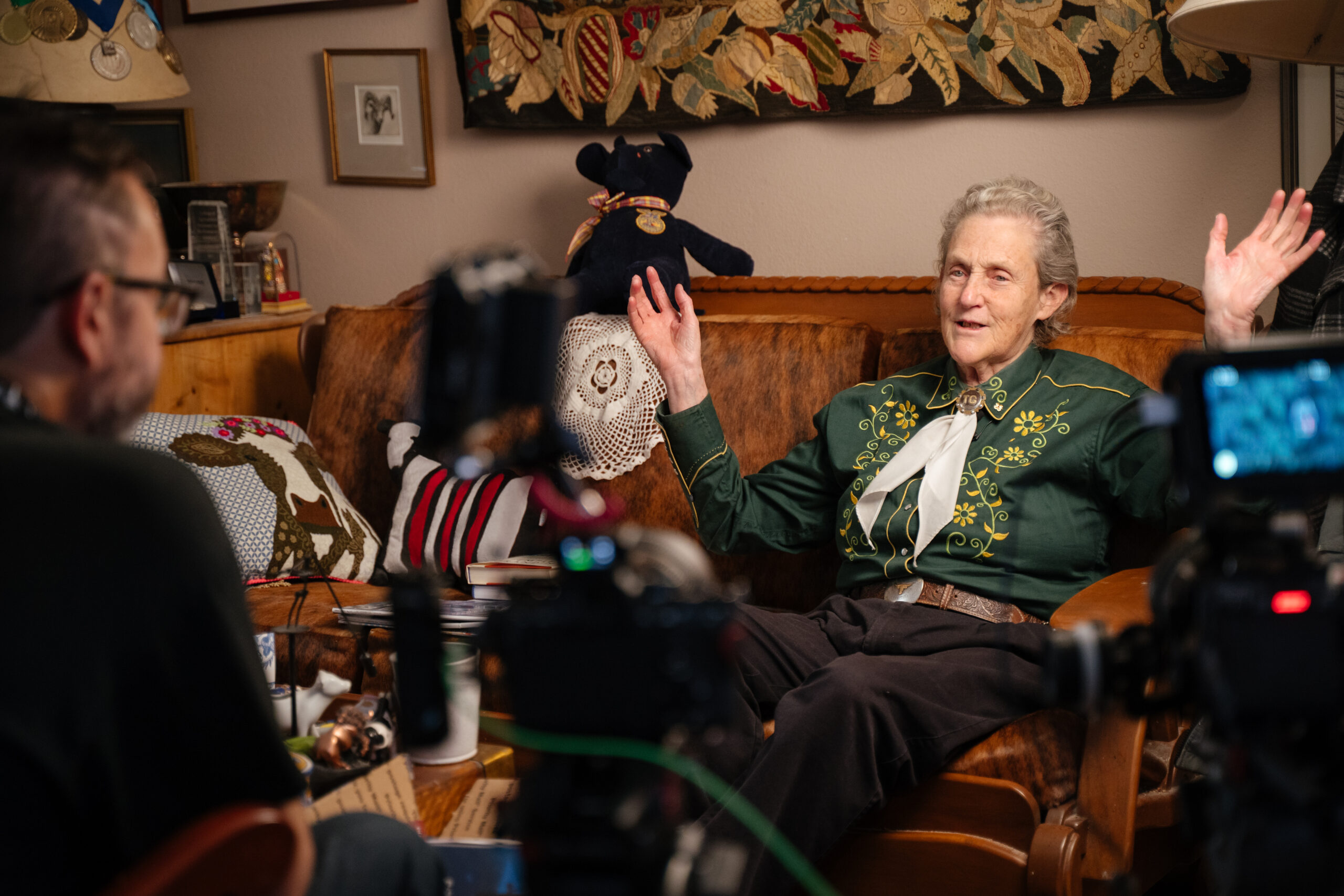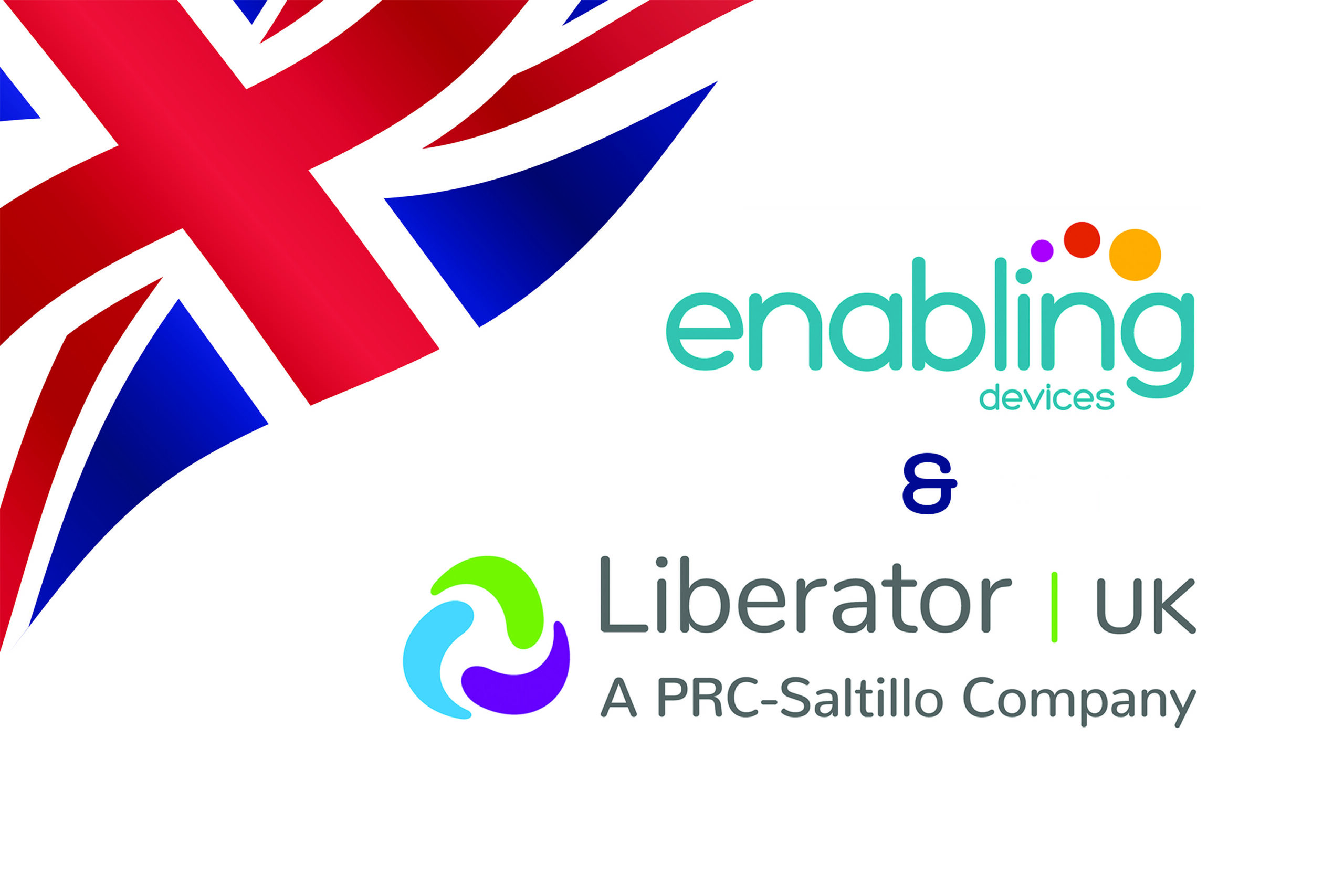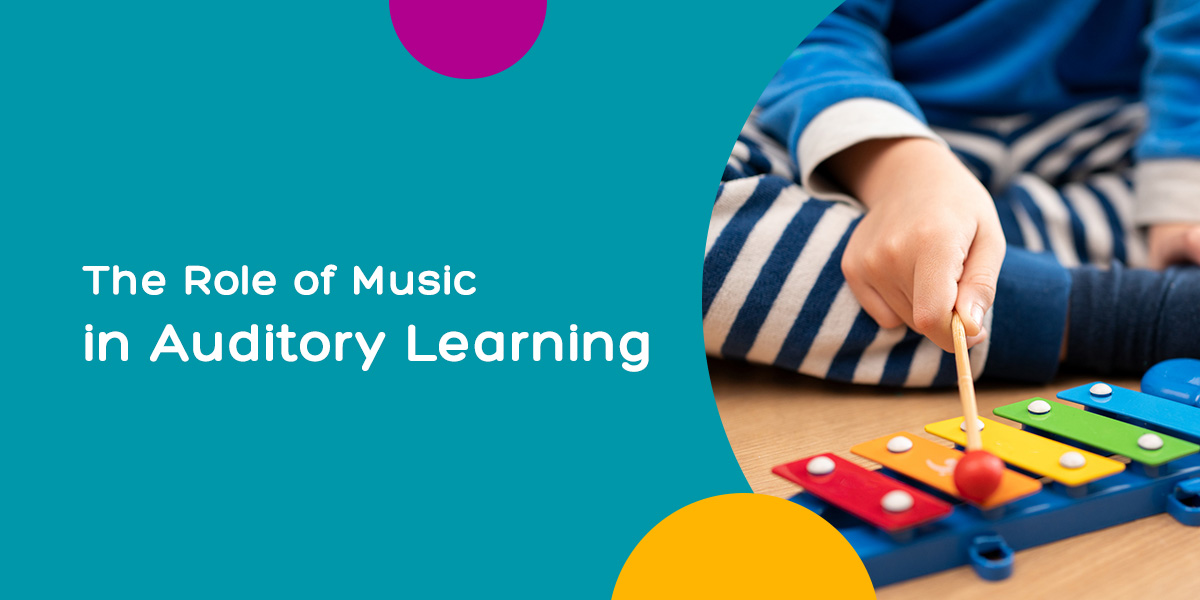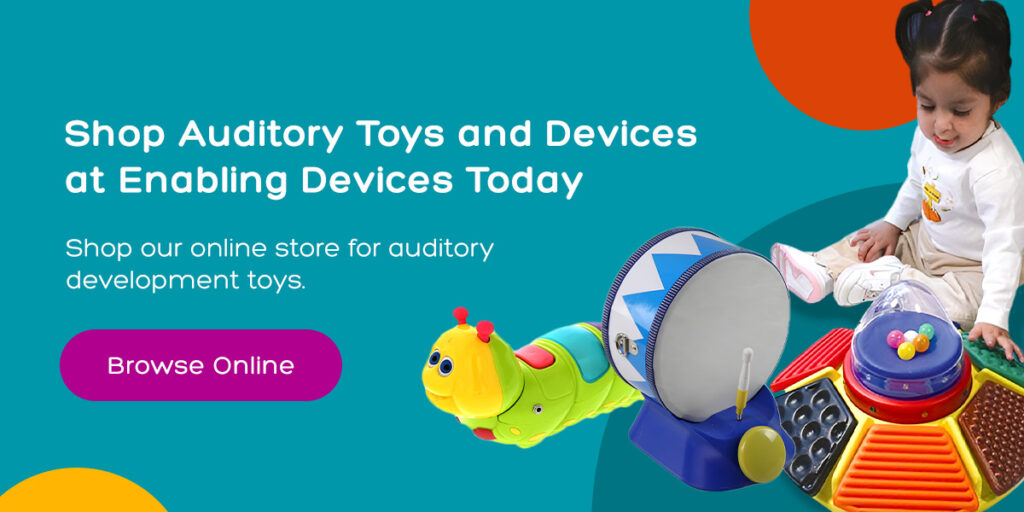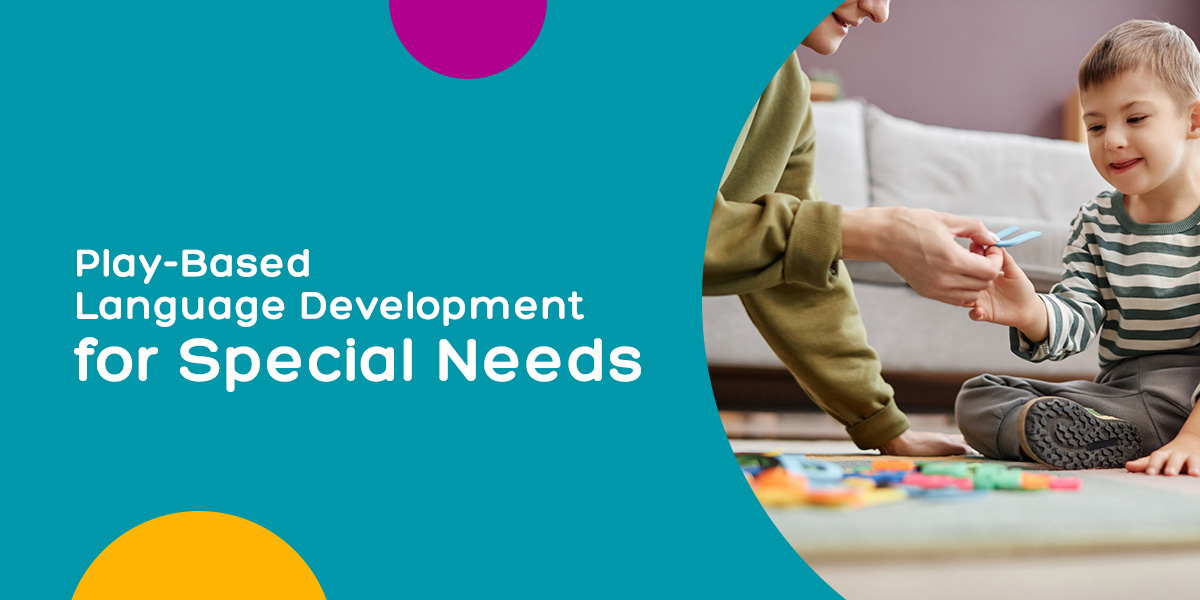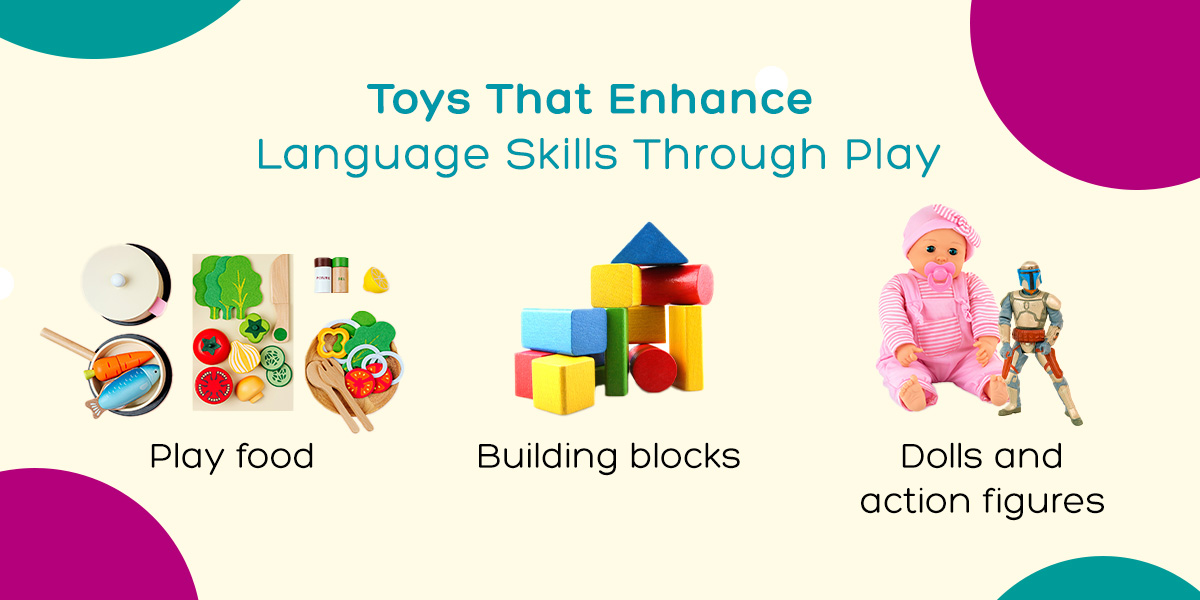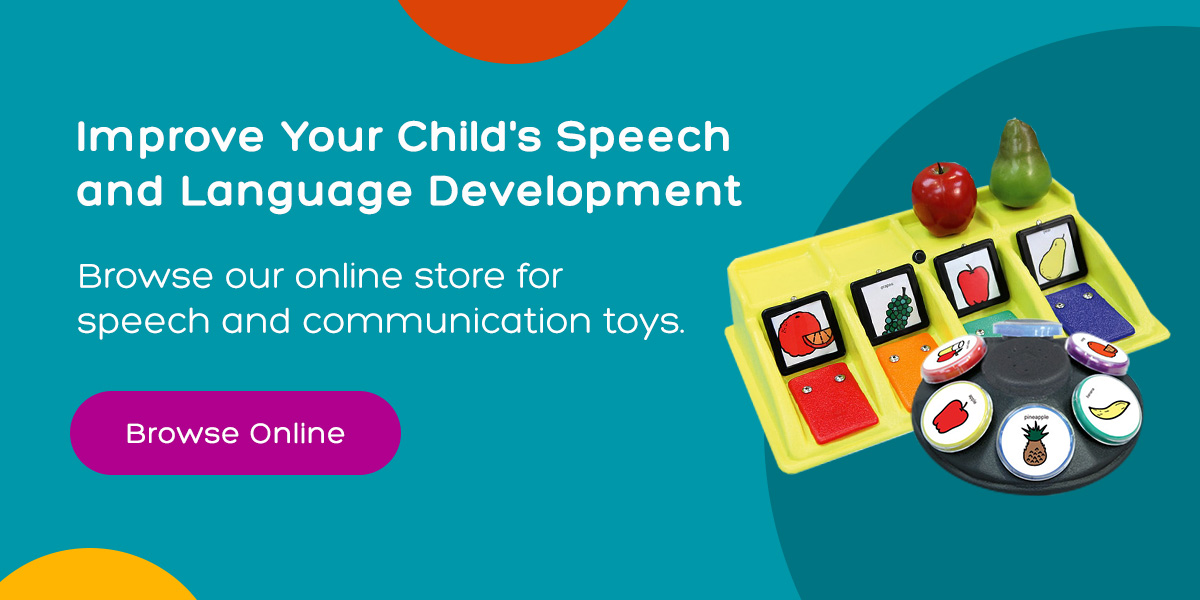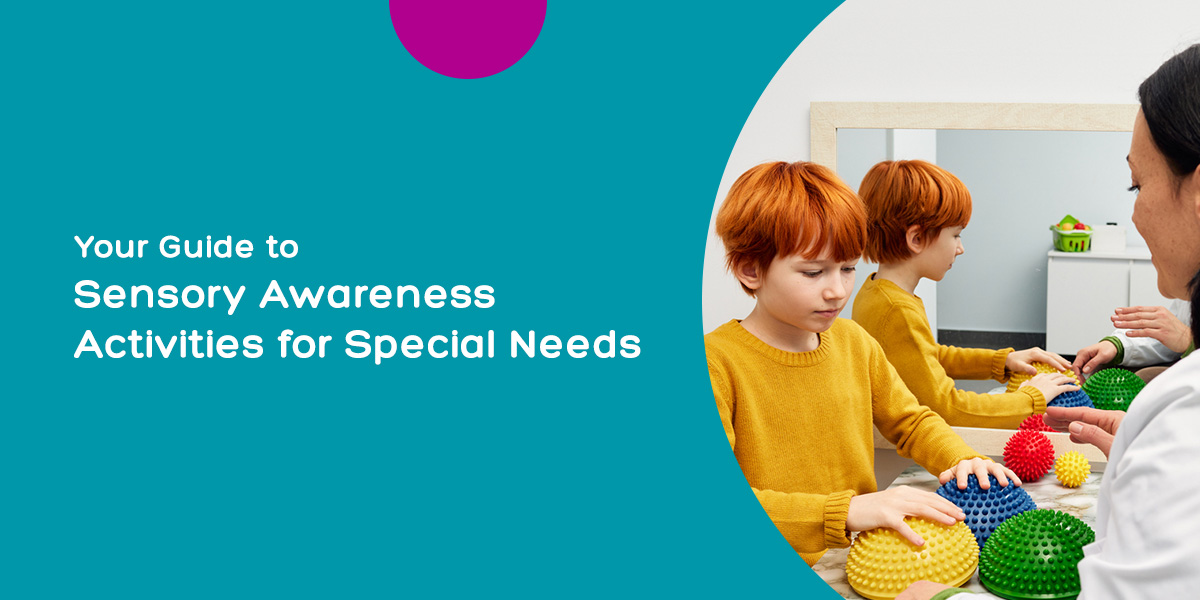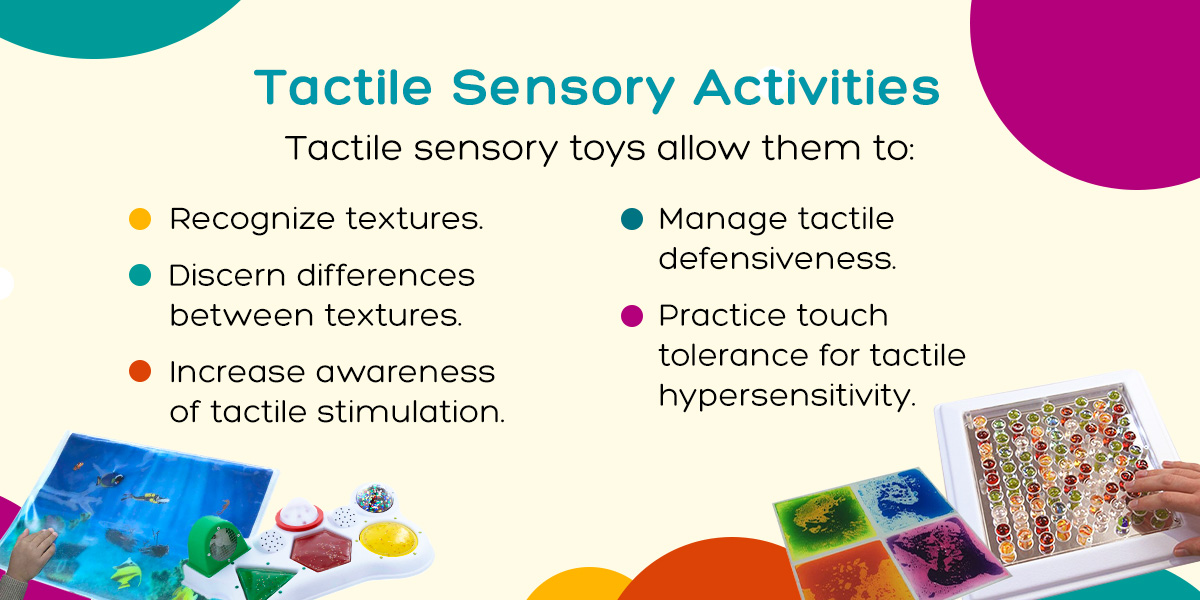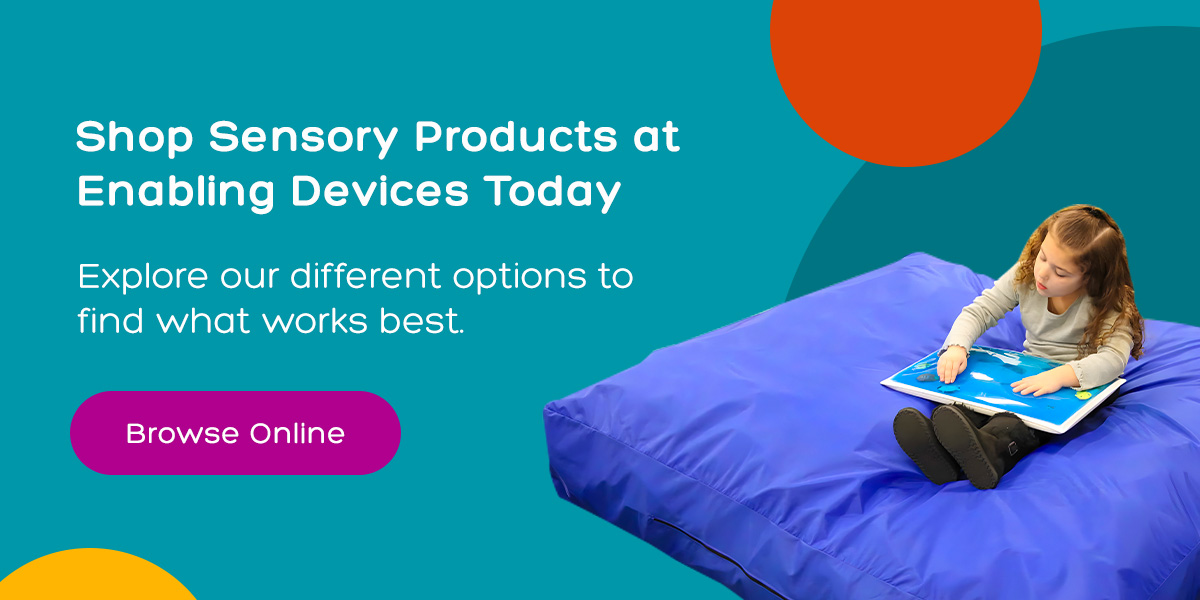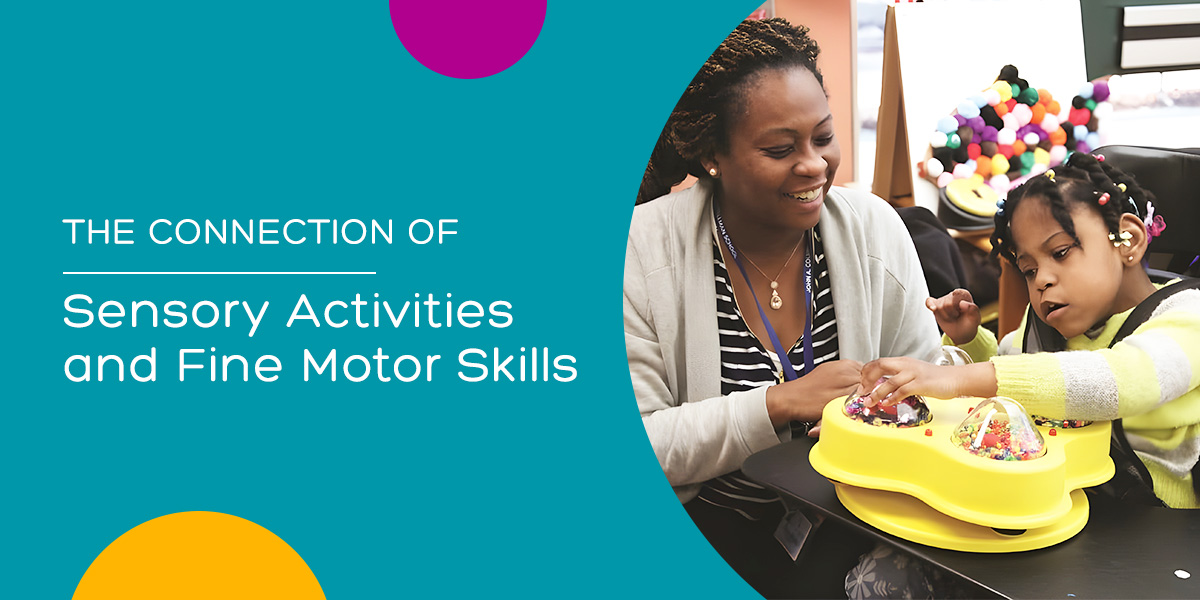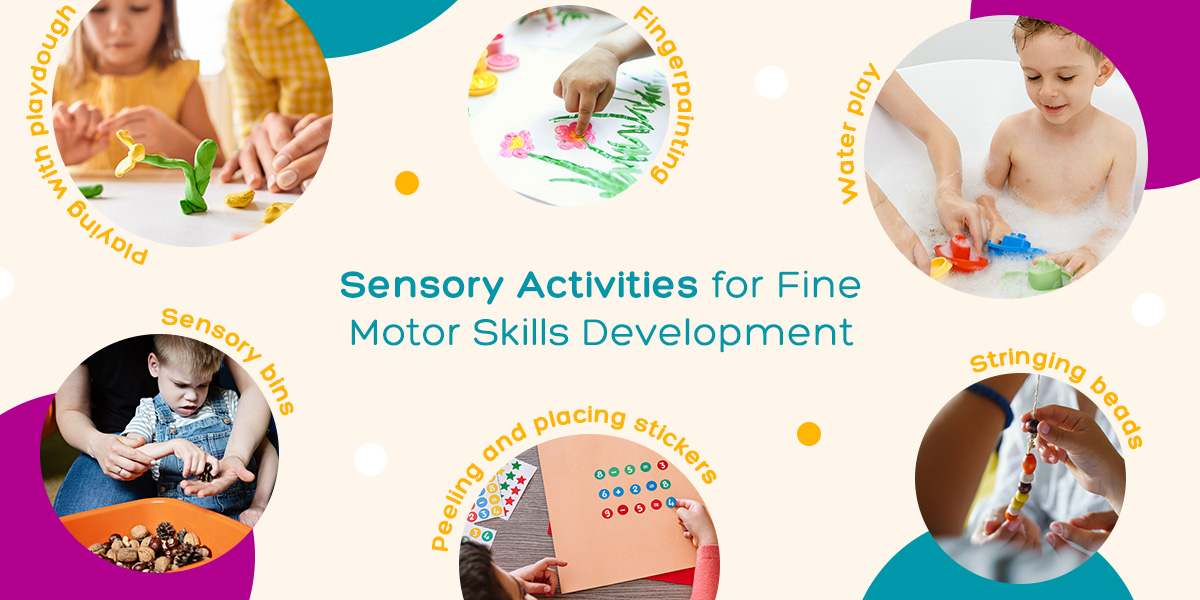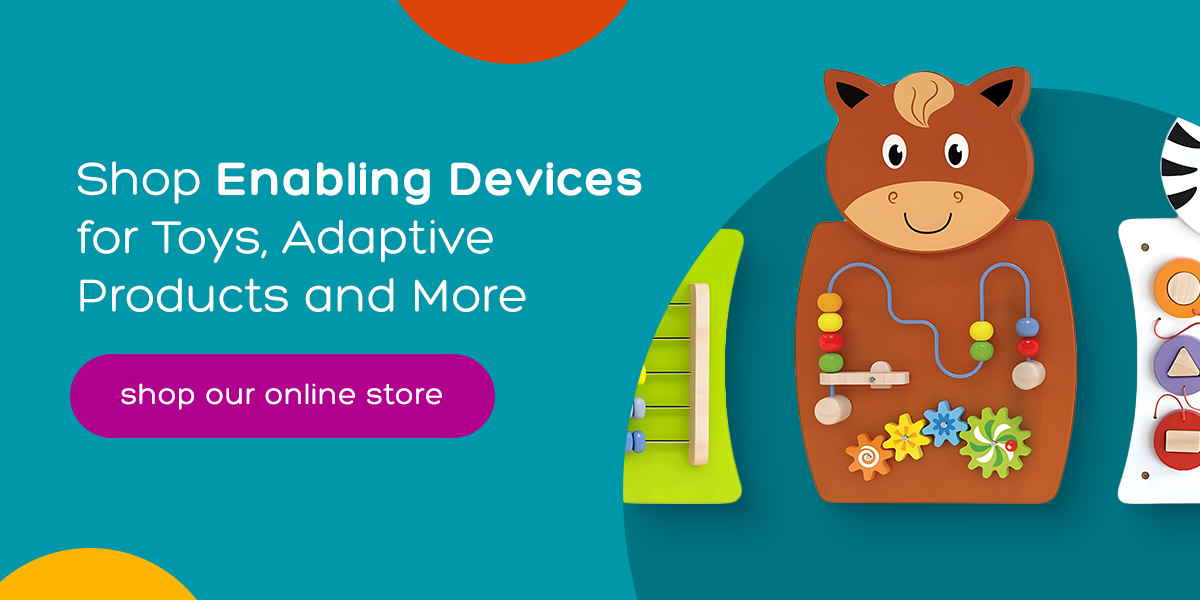Boo! Halloween is just around the corner! If you haven’t made plans yet, there’s no need to be spooked. Across the country, communities are hosting creative, disability-friendly, and inclusive Halloween celebrations. Below are some of the events taking place across the country. Hopefully, one of these is right in your neighborhood. If not, do a deeper dive into inclusive Halloween events. Just google your area and these words: inclusive, sensory-friendly, accessible and Halloween!
Northeast
Sensory-Friendly “Peace, Love & Pumpkins”
Bethel Woods Center for the Arts, Bethel, NY, Oct. 22, 2025 (4–6 PM)
Lower sound and lighting, timed entry; family-friendly walk-through experience. More information here.
“Especially for Me” Halloween Evening
Discovery Museum, Acton, MA, Oct. 25, 2025 (5–8 PM)
Free limited-capacity night for visitors with disabilities/sensory sensitivities; universally designed exhibits. More information here.
Asphalt Screams Sensory-Friendly Hour
Asphalt Green, New York, NY, Oct. 24, 2025 (2:30-6:30 PM)
Lower sound and lighting, reduced crowds; limited tickets for sensory-friendly maze access. More information here.
Halloween Dance Party for Adults with Developmental Disabilities
Yonkers Public Library, Yonkers, NY, Oct. 24, 2025 (6-8:45 PM)
Music, dancing, food, costume contest and photo booth. Adults 18+ More information here.
Halloween Costume Party
Sponsored by Progressive Center for Independent Living, Pennington NJ, Oct. 24, 2025 (6-8 PM)
Costume contest with prizes, music, refreshments, games and more. Register here.
Inclusive Halloween Parties
Sponsored by the Inclusion Center in Putnam Valley, Putnam Valley, NY, Oct. 24, 2025 (different times for different age groups)
Games, costumes, prizes and more holiday programming. More information here.
Boo! A Sensory-Friendly Halloween
Children’s Museum of Pittsburgh, Pittsburgh, PA, Oct. 24, 2025 (5-7 PM)
Lower lights and sounds, lots of space. More information here.
Midwest
Inclusive Halloween
University of Michigan Flint Riverfront Conference Center, Flint, MI, Oct. 24, 2025 (5–7:30 PM)
Indoor trick-or-treating, crafts, adaptive games, silent disco, sensory areas, ASL interpreters, therapy dogs; free. More information here.
Sensory-Friendly Trick-or-Treating
Easterseals Midwest, St. Louis, MO, Oct. 24, 2025 (5:30–8 PM)
Safe sensory-friendly environment; accessible venue. More information here.
Annual Inclusive Halloween Celebration
ConnectAbility, Waite Park, MN, Oct. 27, 2025 (6-8 PM)
Costume contest, trick-or-treating, games, safe environment. Register here.
Sensory-Friendly Accessible Trunk-or-Treat
Options for Independent Living, Green Bay, WI, Oct. 31, 2025 (1–4 PM)
Snacks, explore decorated trunks, sensory-friendly, accessible, registration encouraged. More information here.
Autism Society NWPA Trunk-or-Treat
Erie, PA, Oct. 29, 2025 (5:30–7 PM)
Free, open to public; sensory-friendly. More information here.
Chicago Hearing Society Halloween Party
Hoffman Estates, IL, Oct. 18, 2025 (10 AM-12 noon)
Specifically for people who are deaf, hard of hearing or blind-deaf. Features costumes, games, crafts, ASL storytelling. More information here.
South
Trunk-or-Treat for Special-Needs Kids
Round Rock Parks & Rec, Round Rock, TX, Oct. 18, 2025 (4–6 PM)
Inclusive trunk-or-treat hosted at hospital campus; wheelchair-friendly. More information here.
Sensory-Friendly Trick-or-Treat Party
Johnston County, NC, Oct. 19, 2025 (3-5 PM)
Inclusive event for children with special needs; all kids welcome. More information here.
Autism Society of Greater New Orleans Inclusive Halloween Party
Westwego Farmer’s Market, Westwego, LA, Oct. 18, 2025, (11 AM-2 PM)
Inclusive of all dietary restrictions, sensory needs, and age of trick-or treaters. Costumes are encouraged but not required! More information here.
Hallowheels: A Children’s Trunk-or-Treat Themed Disability Resource Fair
MobilityWorks, North Chesterfield, VA, Oct. 25, 2025 (1:30 – 4:30 PM)
Trunk-or-treat resource fair with candy, costumes, games, crafts, DJ. More information here.
West
Pumpkin Palooza Sensory-Friendly Show
Discovery Cube, Santa Ana, CA, Oct 19, 2025 (9:45 AM)
Reduced volume and special effects; lighting modifications. More information here.
IE Autism: Fall & Halloween Inclusive Events
Inland Empire, CA (multiple sites & dates)
Regional roundup including inclusive trunk-or-treats, sensory zones, and modified activities. More information here.
Adaptive Foundation Annual Halloween Festival
Inland Empire, Southern California (multiple sites), Oct. 18, 2025 (10 AM–1 PM)
Inclusive activities, vendors, food, and supportive accessibility features. More information here.
ICAN Inclusive Halloween Festival 2025
C. R.O.C., Torrance, CA, Oct. 25, 2025 (12-4 PM)
Festival with costume contests, accessible features, family-friendly design. More information here.
Sensory-friendly Halloween Celebration
Adventures with Autism, Salem, OR, Oct. 31, 2025 (4-6 PM)
Classroom trick-or-treating, pumpkin bowling, paper bag craft making, music. More information here.


